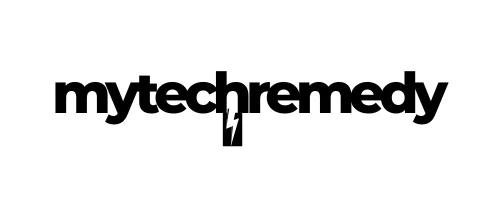Understanding the Ecommerce Dilemma: Amazon FBA vs. Dropshipping
In the vast landscape of ecommerce, two business models frequently vie for the attention of aspiring entrepreneurs: Amazon FBA and Dropshipping. While both offer pathways to online retail success, they differ significantly in execution and outcomes. Let’s dissect these models to understand which might align better with your strategic goals. For a more detailed comparison, you can explore the insights on amazon fba vs dropshipping.
The Amazon FBA Experience
Amazon FBA (Fulfillment by Amazon) is akin to hiring an AI-driven logistics intern. Imagine offloading your inventory to the vast network of Amazon’s warehouses, allowing them to handle storage, packaging, and shipping. This model is particularly appealing for those who value efficiency and are willing to invest in inventory up front. The transformative aspect lies in leveraging Amazon’s robust infrastructure to scale your business rapidly. However, the initial investment in inventory and fees can be daunting. It’s like having a reliable assistant who demands a salary upfront but delivers consistent quality.
The Dropshipping Dynamics
On the flip side, Dropshipping is the art of operating without inventory. Here, you act as a middleman, marketing products that are shipped directly from suppliers. This model has a low barrier to entry, making it accessible for those testing the ecommerce waters. The innovation here is in the flexibility and reduced risk—no need to stockpile products that might never sell. However, the trade-off is in margins and control over the customer experience. It’s like having an intern who can start work immediately but might need more oversight to meet quality standards consistently.
Choosing Between the Two
Deciding between Amazon FBA and Dropshipping isn’t about picking the ‘better’ model, but rather understanding which aligns with your business objectives and resources, much like comparing dropshipping vs Amazon FBA to find the best fit for your goals. Do you have capital to invest in inventory and want to leverage Amazon’s logistics might? FBA might be your go-to. Or, do you prefer a leaner operation with flexibility and minimal upfront costs? Dropshipping could be calling your name.
Transformative Potential
Both models have the potential to transform your ecommerce venture, but it’s essential to understand how they compare, much like evaluating eBay vs Amazon for their unique approaches. Amazon FBA can offer a streamlined, scalable business with a strong customer trust factor, thanks to Amazon’s brand. Dropshipping presents agility and cost-effectiveness, perfect for testing markets and products quickly. The key is to understand not just the logistics, but the broader implications on your brand and customer relationships.
Actionable Recommendations
- Assess your initial capital and risk tolerance. This will guide your choice between inventory-heavy Amazon FBA and inventory-free Dropshipping.
- Consider your long-term goals. If brand control and customer experience are paramount, investigate how each model impacts these areas.
- Leverage technology to automate and optimize processes, whether in inventory management for FBA or supplier coordination for Dropshipping.
- Stay informed about market trends and customer preferences to adapt your strategy continuously.
Ultimately, the path you choose should align with your vision and capability to execute effectively. Whether you lean towards the structured reliability of Amazon FBA or the agile freedom of Dropshipping, the ecommerce world awaits your unique imprint.
Checkout ProductScope AI’s Studio (and get 200 free studio credits)
